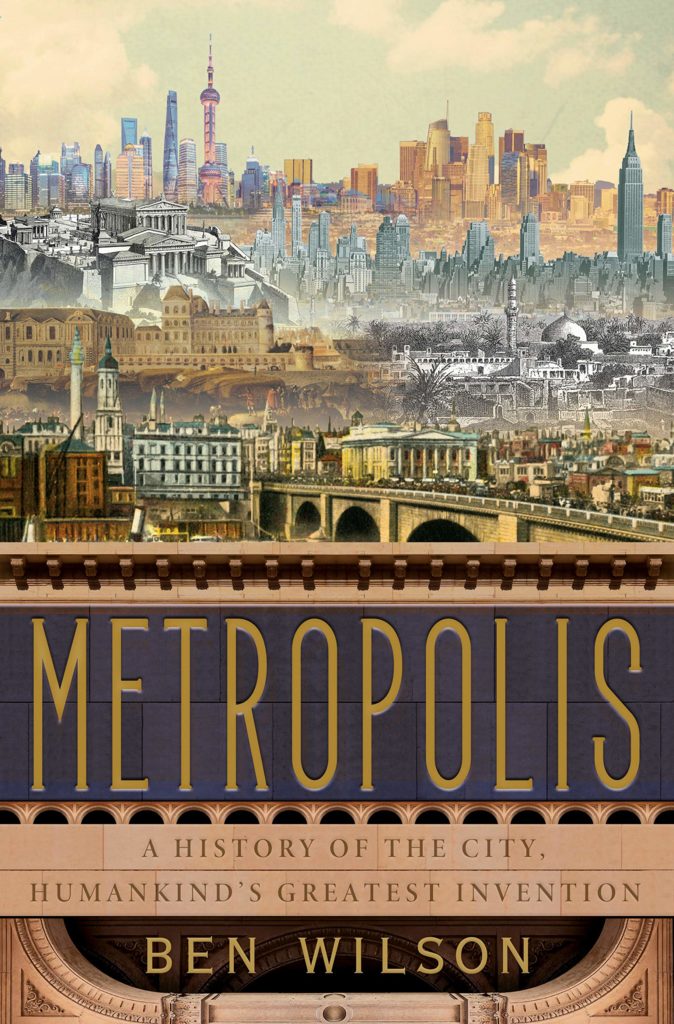
I wonder: have I ever described the city as “humankind’s greatest invention”? It’s not impossible, given the proclamation’s tempting combination of boldness and obviousness — which it would retain if applied to, say, language, another of my own interests. Reading Ben Wilson’s Metropolis: A History of Humankind’s Greatest Invention, I realized its subtitle sounded familiar because it echoes that of Edward Glaeser’s Triumph of the City: How Our Greatest Invention Makes Us Richer, Smarter, Greener, Healthier, and Happier, published nearly a decade ago. Glaeser is a Harvard economist and Wilson a historian, author of popular books on the free press, public morality, and the British navy. Though their different professional and intellectual backgrounds make for differences in their approach to the city, both Triumph of the City and Metropolis are ultimately arguments in its favor. And so their most enthusiastic readers, myself included, feel a bit like preached-to choirboys.
The most city-inclined among us would, I suspect, prefer urban environments even if they made us poorer, dumber, less green, less healthy, and sadder. (When my own such preferences emerge in conversation, I often find myself incorrectly assumed to be an environmentalist.) That in Glaser’s view the numbers support the opposite conclusion is but a nice coincidence. An economist in the 21st century would, of course, make much of numerical data that support his point, but Wilson also hauls out what feels like nearly as many figures on his way through urban history. The world’s urban population has increased from one billion in 1960 to more than four billion today. Every hour, 85 people move to Lagos and 53 to Shanghai. China used more concrete between 2011 and 2013 than the United States did in the whole of the 20th century. Two-thirds of humanity will live in cities by 2050.
These aren’t uninteresting trends, though the numbers that stick in my head rend to reflect specific chapters of history. In the year 1500, Asia had seven of the world’s twelve largest metropolises. In 1675, Holland’s urbanization rate was 61 percent, as against nine percent across the rest of Europe. By 1851, more than half of Britain’s population lived in towns and cities, making it the history’s first majority-urban society. Haussmann added 600,000 trees and 24 squares to Paris. In the 1950s and 60s, the cities of the United States gained ten million new residents, but its suburbs gained 85 million. The number of public baths in Tokyo peaked in 1968, at 2,687. Mexico City and Mumbai now have nearly 250,000 street vendors each. Shanghai had no modern high-rises in the early 1990s; now it has 25,000, more than any other city. Seoul, where I live, comes in second with 17,000.
Read the whole thing (and subscribe) at Substack.